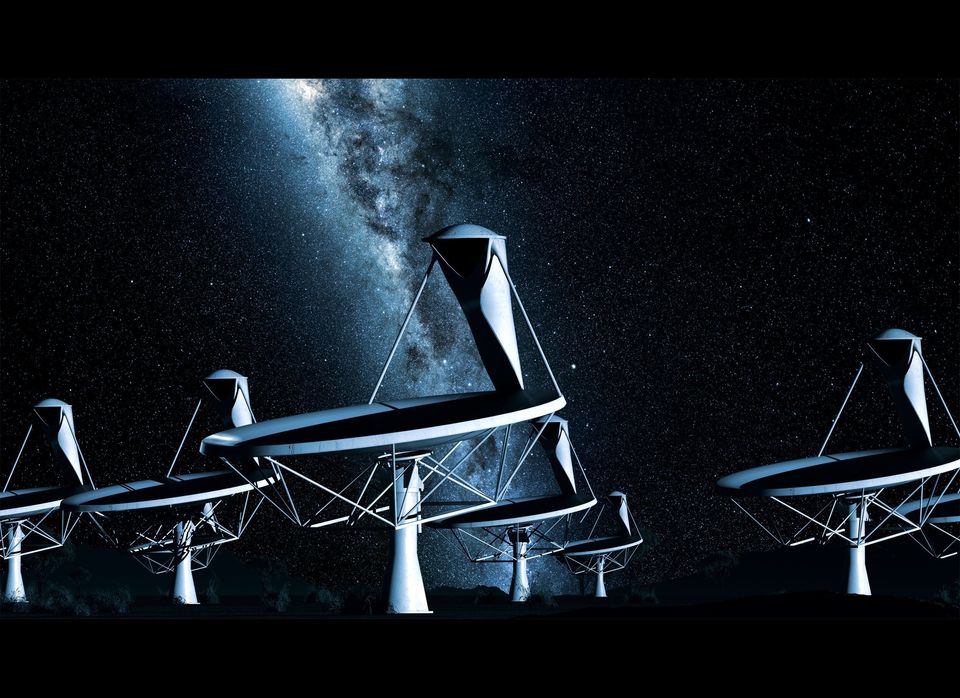
By Irene Klotz
CAPE CANAVERAL, Fla., Oct 12 - An experimental communications satellite flying piggyback aboard a Space Exploration Technologies' Falcon 9 rocket fell out of orbit and burned up in the atmosphere following a problem during liftoff, satellite operator Orbcomm said on Friday.
The New Jersey-based company's OG2 satellite was a prototype for a new 17-member communications satellite network scheduled to be launched aboard two more Falcon 9 rockets in 2013 and 2014.
Orbcomm declared the satellite a total loss and filed a claim under an insurance policy worth up to $10 million, "which would largely offset the expected cost of the OG2 prototype and associated launch services and launch insurance," the company said in a statement.
Orbcomm had planned on reaching an altitude of 466 miles above Earth, but fell well short of the mark after one of the Falcon rocket's nine Merlin engines shut down early following launch on October 7 from Cape Canaveral Air Force Station in Florida.
With its remaining eight engines making up the lost power, the rocket successfully completed its primary mission, sending a Dragon cargo capsule to the International Space Station. The flight was the first of 12 for NASA under a $1.6 billion contract.
To ensure the station's safety, the agreement with NASA prohibited Space Exploration Technologies, or SpaceX as the privately-held California-based company is known, from restarting the rocket's second stage - needed to deliver Orbcomm's satellite to its proper orbit - if there was not at least a 99 percent chance that the rocket had enough fuel to complete the burn, said SpaceX spokeswoman Katherine Nelson.
Due to the engine shutdown, the Falcon 9 used slightly more fuel and oxygen to reach Dragon's intended 202 mile- (325-km) high orbit. Over the next 2.5 days, Dragon flew itself to the station's orbit 250 miles above Earth. It reached the $100 billion outpost, a project of 15 countries, on Wednesday.
Falcon 9 had enough kerosene fuel left over to relight the engine, but the amount of liquid oxygen "was only enough to achieve a roughly 95 percent likelihood of completing the second burn, so Falcon 9 did not attempt a restart," Nelson wrote in an email to Reuters.
"Orbcomm understood from the beginning that the orbit-raising maneuver was tentative," Nelson wrote. "They accepted that there was a high risk of their satellite remaining at the Dragon insertion orbit. SpaceX would not have agreed to fly their satellite otherwise, since this was not part of the core mission and there was a known, material risk of no altitude raise."
Despite declaring the satellite a loss, Orbcomm said it met several key objectives of the test flight, including deploying the spacecraft's solar array and its communications antenna. Several spacecraft systems, such as power, flight control, thermal and data management also were tested, the company said in the statement.
"Had Orbcomm been the primary payload on this mission ... we believe the OG2 prototype would have reached the desired orbit," Orbcomm said.
Orbcomm has hired SpaceX to fly eight satellites for its new communications network on a Falcon 9 rocket launching in 2013 and the remaining nine satellites on another Falcon 9 in 2014.
On Friday, astronauts aboard the space station had finished unpacking more than 75 percent of the 882 pounds (400 kg) of cargo aboard the Dragon capsule and were looking forward to a little treat - ice cream.
"We don't usually have this type of stuff up here," station commander Sunita Williams said during an in-flight interview. "It's usually thermostabilized or dehydrated (food), so homemade ice cream is something special. We're going to have a little party."
Among the Dragon's cargo was a freezer that will be used to store scientific samples. For the ride up, SpaceX stashed chocolate-vanilla swirl ice cream inside.
(Editing by Jane Sutton and Paul Simao)

